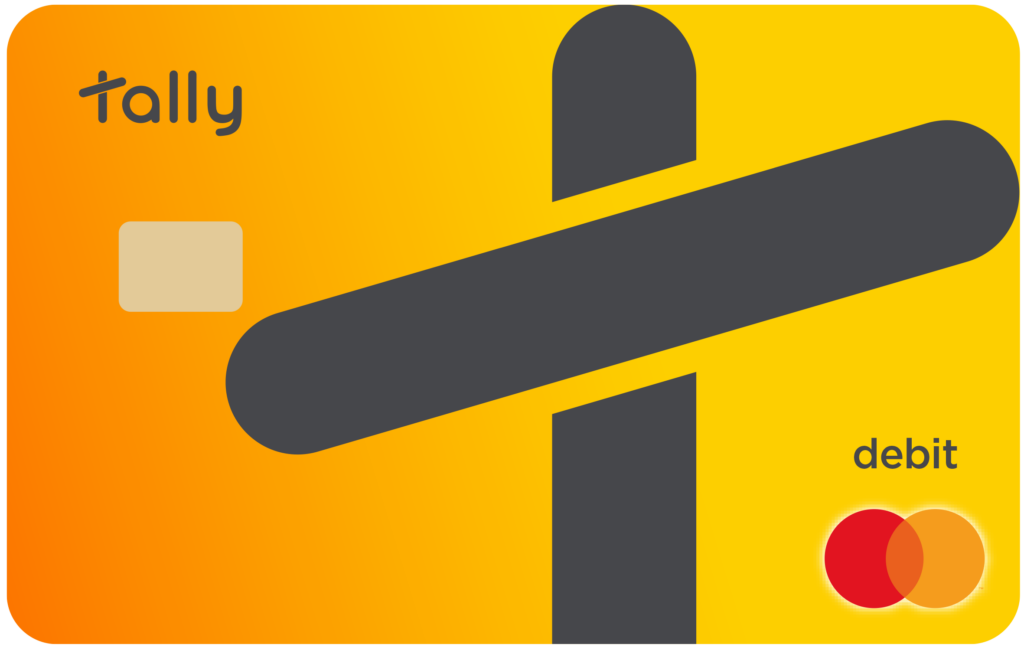Put any significant money into a standard personal savings account with a traditional bank and you soon run into a problem.
Tax.
If you’re in the higher brackets, save anything near £10,000 or more and the interest you earn will start being taxed.
And, as it’s considered additional income, it’s likely to be taxed at the highest rate.
Of course, there is an allowance, a level the government set before they start taxing you on your savings.
But the personal savings allowance is measly anyway you look at it.
£1,000 for basic rate taxpayers.
£500 for higher rate.
And zilch for additional-rate taxpayers.
Not great, right?
It’s a squeeze…
Traditional banks offer you hardly any benefit to saving with them, and as soon as you do make any decent return, the government puts its hand in.
It’s another way a Tally account offers those with a large amount of savings an interesting alternative to a traditional bank.
You see, gains you make from the money you have in your Tally account are not classed as savings… but as capital gains.
This changes things.
Of course, the tax man still comes calling for capital gains and there’s no avoiding that.
But when you look at the allowances in place for capital gains, and the subsequent rate you’d pay on the gains…
It makes for a much brighter picture.
Wait, isn’t the Capital Gains Allowance being halved?
Yes.
Sadly, despite Jeremy Hunt recently reducing the rate of capital gains tax on property, the allowance for capital gains will be halved this year.
It’s been planned since 2022.
However, it’s not all bad.
The capital gains allowance It is still a chunk bigger than the personal savings allowance.
The new allowance will be set at £3,000 for an individual and £6,000 for a couple.
This means any gains you make from your Tally account are tax-free up to £3,000.
That’s already helpful, enabling you to keep at least £2,500 more of what you make on your savings.
But perhaps the more important thing to remember is the rate of tax on capital gains — even for higher rate payers — is fixed at 20%.
It’s significant, of course.
But it’s much less than the 40% or 45% you might otherwise have to pay on the interest you earn from the money you’re keeping in a traditional savings account.
Would you rather pay a tax rate of 40%…
Or just 20%?
Of course, there are different risks involved, and the value of the money you store in your Tally account can go down as well as up.
Only you can look at gold’s steady rise over the years and decide if you’re comfortable with your money being linked to it.
Alternatively, you might prefer to just leave your wealth in a savings account and hope the bank passes on any rise in rates and incur a higher tax rate when they do.
But either way, it certainly pays to understand the options you do have.
Indeed, in this situation, you could potentially make the much moaned about capital gains tax work in your favour.


